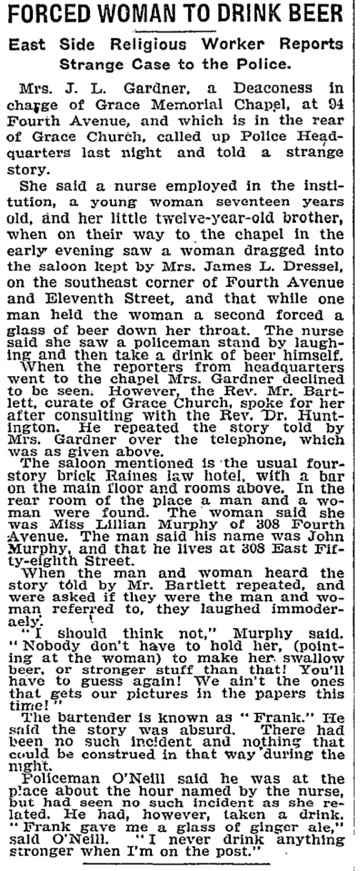[Update: ‘A Dangerous Place, Part II’]
The week before last, a cyclist was killed descending South Park Drive in the Berkeley Hills. News reports say the rider, Kim Flint, crossed the center line and hit the side of an uphill-bound vehicle. He was airlifted to a hospital in Walnut Creek, where he died.
Here’s the twist to the tragedy, as reported in a subsequent story carried on The Bay Citizen and in the Bay Area pages of The New York Times: Flint may have been attempting to set a speed record on the descent to maintain his first-place ranking on a site called Strava.com. Strava, like other sites, allows riders to upload data about their cycling performance and create publicly viewable online training and ride logs. Unlike other sites (that I know of), it keeps records of times for defined road segments. Until shortly after Flint’s death, there was a “King of the Mountain” ranking listed for South Park downhills.
What I find interesting about the Bay Citizen/Times article is the series of leaps it makes to more or less attribute Flint’s death to his activity on Strava. I say “interesting” because it’s from the same reporter who put together a complete, well-reasoned, and sensitive piece for the local news blog Berkeleyside then produced this second story that suggests Strava was an “obsession” for Flint, who recorded the fastest Strava time down South Park in early June. “But on June 15,” the second story says, “another rider bested his time by four seconds, prompting Mr. Flint to ride that stretch again four days later.” There’s no support in the story–statements from Flint or from his fellow riders–for the notion that Flint was “obsessed” with Strava or that his fatal ride on June 19 was driven by a hunger to reclaim his Strava record. In fact, based on the evidence available on Strava, there’s little to suggest that Flint or anyone else is particularly obsessed with the South Park descent. The site lists 71 total descents of the segment since the fall of 2007, with 34 of those this year. Flint is listed twice–once last August, and once during his “record” run in early June–before the ride on which he crashed. Just one quote from another cyclist about what sort of rider Flint was, how he handled himself on the road or on this hill, would be persuasive in helping us understand his “obsession.” The second story offers nothing; the first story includes a long quote from a friend and fellow rider who emphasized Flint was not a reckless type.
But the real point here isn’t whether someone’s sensationalizing a story by suggesting that a speed-crazed cyclist may have been driven to his death by a website that encourages dangerous behavior. No, it’s this: Cycling can be dangerous, and never is the danger more present (though perhaps not obvious) than during a steep descent. Strava or no Strava, the ride down South Park Drive demands skill and attention. Many riders, including me, have hit 50 mph on their way down. When I read that someone had been killed up there, I could imagine two or three places that could happen, including the spot where the accident occurred. All it takes is carrying a little bit too much speed into a corner, finding something in the road you weren’t expecting–some gravel or an animal, say–or a moment’s distraction, and you can be in trouble fast.
That having been said, the focus on Strava is misguided. The virtual competition encouraged by the site is simply another version of what happens whenever groups of fast, fit, competitive cyclists get together. They’ll often ride aggressively–on the climbs, on the flats, in sprints, and yes, on descents, too. Why? Bottom line, it’s challenging and fun. I remember seeing a couple of longboard skateboarders on Grizzly Peak, getting ready to go down Claremont. I followed on my bike to see how fast they’d go. I can’t really tell you, though, because my top speed, in the high 40s, wasn’t fast enough to keep them in sight. I did see the guys at the bottom. They were getting a ride back to the top to do it again. They were were doing something that was very hazardous and required a high degree of courage and ability, and they were having a blast.
None of which is to discount the tragedy of Mr. Flint’s death. Most of us who have ridden the roads hereabouts take an incident like this to heart. We can all too easily remember at least once when, whether through our own error or another’s, we’ve narrowly avoided serious injury or worse. Point is, it’s really the nature of the activity itself and the sum of all our habits, skills, and even emotions that lead us to this dangerous place, not the inducements of a Death Race website. That being the case, it’s important to ride with some discipline–this coming from someone who got stopped by the UC police for rolling through a stoplight on Friday night–and with a commitment to being safe.

